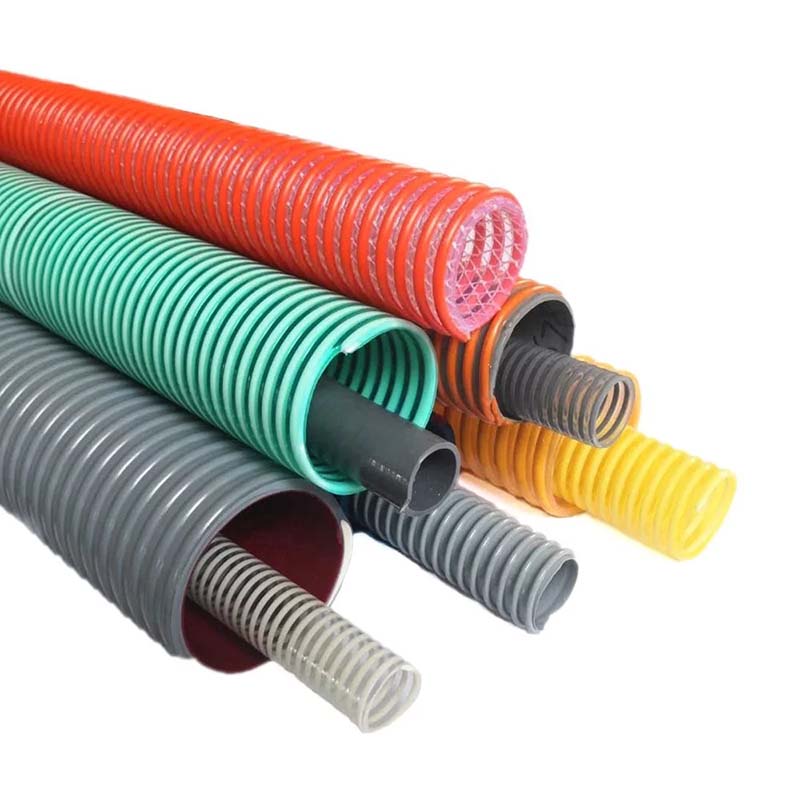lpg gas hose regulations
LPG Gas Hose Regulations Ensuring Safety and Compliance
Liquefied Petroleum Gas (LPG) is widely used for heating, cooking, and even as fuel for vehicles. However, the safe handling and transport of LPG depend significantly on the integrity of the hoses used in these systems. Therefore, adhering to regulations concerning LPG gas hoses is crucial for both safety and efficiency.
Understanding LPG Hose Regulations
LPG gas hoses must comply with specific regulations to ensure they can safely transport gas. These regulations are designed to minimize the risk of leaks, which can lead to hazardous situations, including explosions and environmental damage. The standards are often set by governmental bodies and industry organizations, varying from country to country.
In the United States, for example, the American National Standards Institute (ANSI) and the National Fire Protection Association (NFPA) provide guidelines on the specifications for LPG hoses. Similarly, in Europe, the EN 1763 standard outlines requirements for high-pressure LPG hoses. Compliance with these regulations is not only mandatory but also critical for the safety of both users and the environment.
Key Requirements for LPG Hoses
lpg gas hose regulations

1. Material and Construction LPG hoses should be made from materials that are resistant to the corrosive nature of LPG. This usually includes synthetic rubber or thermoplastic compounds formulated to withstand high pressure and temperature. The construction of the hose also plays a vital role; multilayered designs are often recommended to provide additional strength and leak resistance.
2. Pressure Rating All LPG hoses must be rated for the maximum pressure they will encounter during usage. This is particularly important because LPG is stored under pressure and any weakness in the hose can lead to failures.
3. Marking and Identification Regulatory guidelines require that hoses be clearly marked with information about their specifications, including the pressure rating, manufacturer details, and compliance standards. This ensures users can easily identify the correct type of hose for their needs.
4. Regular Inspections and Maintenance Regular inspections of LPG hoses are essential to ensure they remain in good condition. Users are advised to check for signs of wear, such as cracks, swelling, or leaks. Any damaged hoses should be replaced immediately to prevent accidents.
Conclusion
In conclusion, adhering to LPG gas hose regulations is of paramount importance for safety reasons. These regulations provide a framework for the design, manufacture, and maintenance of hoses used in LPG applications. By understanding and complying with these standards, users can ensure that their LPG systems operate safely and efficiently, significantly reducing the risks associated with gas leaks and related hazards. Awareness and vigilance in following these regulations lay the foundation for a safer use of LPG in various applications, protecting lives and property alike.
-
Top Quality Oxy Acetylene Hoses for Sale Fit for Welding DemandsNewsJul.28,2025
-
The Future of Pneumatic Air Tubes in IndustryNewsJul.28,2025
-
Superior and Reliable LPG Hose Pipe Solutions for Every NeedNewsJul.28,2025
-
Exceptionally Durable and Versatile Premium Braided PVC TubingNewsJul.28,2025
-
Best Adapters for Connecting Garden Hose to PVC Pipe ConnectionsNewsJul.28,2025
-
The Essential Role of LPG Hoses in Safe and Efficient Gas DistributionNewsJul.16,2025














